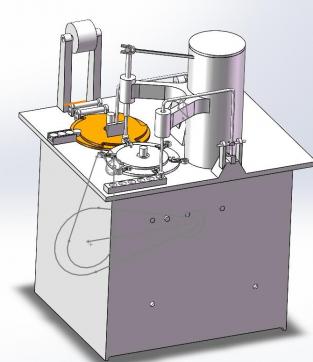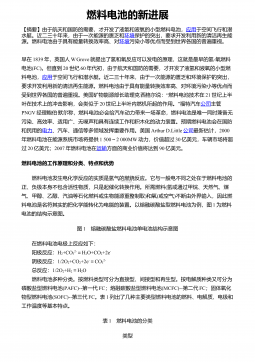翻译-以微型机器人为基础的自动化
标签: #翻译
本科生毕业设计(论文)翻译资料中文题目:以微型机器人为基础的自动化显微操作装置为微系统装配英文题目:Amicrobot-basedautomatedmicromanipulationstationforassemblyofmicrosystemsAmicrorobot-basedautomatedmicromanipulationstationforassemblyofmicrosystemsSergejFatikowMirkoBenzAbstract:Thedevelopmentofnewtypesofminiaturizedandmicrorobotswithhuman-likecapab...
相关推荐
-
立式打蛋机设计(全套CAD图纸+说明书+三维设计)

 2022-10-19 375
2022-10-19 375 -
全自动打捆机(机械毕业设计+说明书+全套CAD)

 2022-11-06 180
2022-11-06 180 -
输出轴的数控工艺及主要工装设计(机械毕业设计+说明书+全套CAD)

 2022-11-07 402
2022-11-07 402 -
爬楼梯智能轮椅设计(机械毕业设计+说明书+全套CAD)

 2022-11-20 172
2022-11-20 172 -
枕式包装机设计(机械毕业设计+说明书+全套CAD)

 2022-11-25 628
2022-11-25 628 -
自动盖章机(机械毕业设计+说明书+CAD)

 2022-12-15 916
2022-12-15 916 -
挂轮架加工工艺与工装设计(机械毕业设计+说明书+全套CAD)

 2023-01-16 446
2023-01-16 446 -
柴油机P型喷油器设计-机械毕业设计资料

 2023-08-28 128
2023-08-28 128 -
下肢康复机器人踝关节驱动系统-设计

 2023-10-07 128
2023-10-07 128 -
粒状巧克力糖包装机设计-包含SW设计-机械毕业设计资料-机械毕业设计

 2024-09-30 110
2024-09-30 110
相关内容
-

基于三维建模的液体平面点胶装置结构设计-全套CAD
分类:非标机械电气自动化
时间:2024-12-10
标签:结构设计
格式:ZIP
价格:200 光币
-

机匣翻转清洗机机械及电控系统设计-CAD
分类:非标机械电气自动化
时间:2024-12-10
标签:设计
格式:ZIP
价格:200 光币
-

含非线性能量阱的转子系统结构设计-全套CAD图纸
分类:非标机械电气自动化
时间:2024-12-10
标签:结构设计
格式:ZIP
价格:200 光币
-

海上风机实验加载机构设计
分类:非标机械电气自动化
时间:2024-12-10
标签:设计
格式:ZIP
价格:150 光币
-

公路下水井疏通装置机电系统设计-包含CAD全套
分类:非标机械电气自动化
时间:2024-12-10
标签:设计
格式:ZIP
价格:200 光币














